Marlin 81TS
In 1953 Marlin Firearms was issued U.S. Patent 3,100,358 for what was named MicroGroove Rifling, which was a departure from the standard “Ballard,” or cut rifling. One purpose of Microgroove rifling was to increase the speed of producing rifle barrels. Microgroove rifling is described in the patent as having 5 grooves for every 1/10 of an inch bore diameter, and that the driving side of each land would be “tangentially disposed” to prevent accumulating fouling in use.
Marlin introduced Microgroove rifling in their .22 Rimfire barrels in July 1953, with 16 grooves that were .014″ wide, and nominally .0015″ deep. Ballard rifled barrels have grooves generally in the range of .069–.090″ wide, and .0015–.003″ deep. This change was marketed in the 1954 Marlin catalog, as having numerous advantages that this new form of rifling had, including better accuracy, ease of cleaning, elimination of gas leakage, higher velocities and lower chamber pressures. The catalog also claimed that Microgroove rifling did not distort the bullet jacket as deeply as Ballard rifling hence improving accuracy with jacketed bullets at standard velocity.
Designed for factory loaded ammunition, Microgroove barrels have a reputation for accuracy problems with centerfire ammunition handloaded with cast lead bullets due to the increased bore diameter generated by the shallow grooves. The use of oversized cast bullets greatly solves this problem, restoring accuracy with cast bullet handloads to levels seen from Ballard rifled barrels.12 Early Marlin .30-30 microgroove barrels had a twist rate of 1 turn in 10 inches optimized for factory ammunition with jacketed bullets; later Marlin .30-30 microgroove barrels show a twist rate of 1 turn in 10.5 inches which improves accuracy with cartridges loaded to lower velocity than standard.
Firearm Specifications
- Model: 81TS
- Caliber: 22 S/L/LR
- Capacity: 25 Short / 19 Long / 17 Long Rifle
- Magazine: Tube
- Barrel Length: 22″


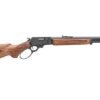
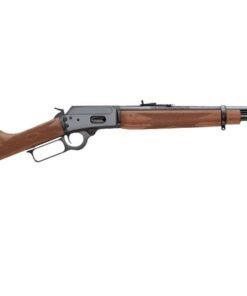
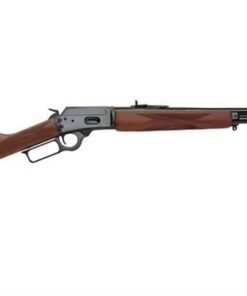
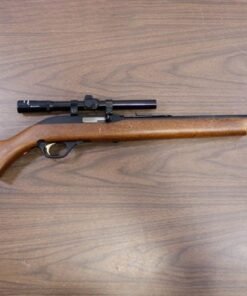
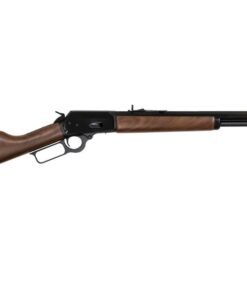
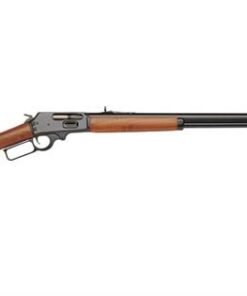
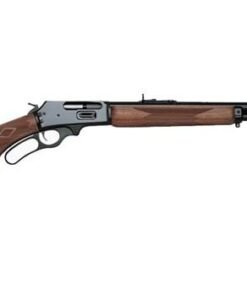

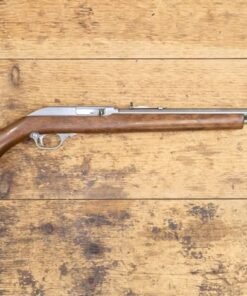
Reviews
There are no reviews yet.